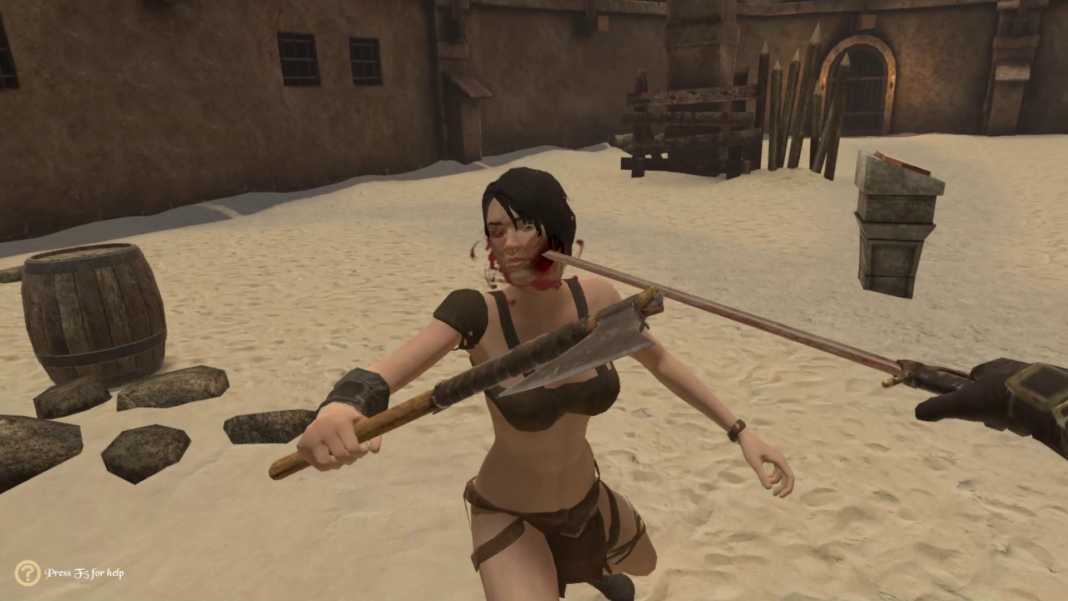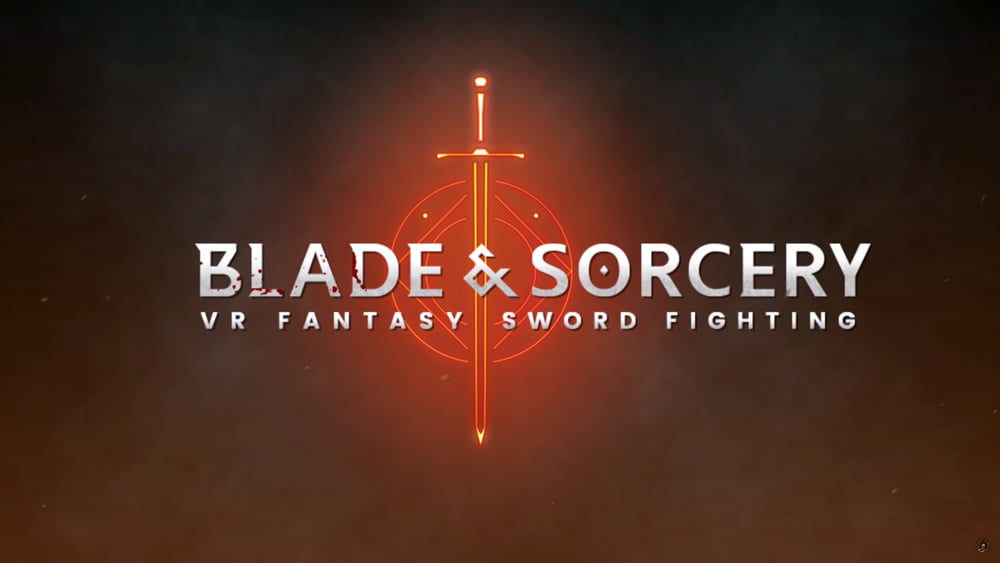


Instead, we prefer to make exactly the PCVR game we want to, and then optimize things for Nomad and/or omit anything that is not yet possible for the Quest 2 tech-wise.įor this reason you should know that Nomad may not have everything that the PCVR game has nor will have in the future if there is a technical limitation for adding it to the Quest 2, then there is nothing that can be done.

If they were the same title, then the PCVR version would be limited in scope by the Quest 2 capabilities, and we didn’t want that. Similarly, we wanted to distinguish they are separate titles so that we can reserve the right to steam ahead with PCVR development without restriction. The reason for splitting the titles like this, rather than just making it all the same game, is we did not want to reduce the PCVR game’s quality in order to force Blade & Sorcery to work on the Quest 2. But because Nomad is optimized for the Quest 2, some things are different from the PCVR game, for example, graphics.
#Blade and sorcery controls wmr Pc#
This means a person without a powerful PC can play a version of Blade & Sorcery that is optimized directly for their headset, to ensure they have a nice time with performance and so forth. Yes! It is very important that we get this message across: Blade & Sorcery: Nomad is a separate standalone title from the PCVR version. We didn’t want to make any promises until we were 100% sure that it was technically possible, wouldn’t disrupt the PCVR development time, and was a decent version of the game. Well, you know how we always say we are from the school of underpromise and overdeliver? Well we ain’t kidding! I’m sure a lot of you are open jawed right now, because we spent 3 years saying it probably wouldn’t happen and now here it is, lol. Blade & Sorcery: Nomad is a standalone version of B&S optimized for the Oculus Quest 2, and it comes out in a few days… The physics-based sword and sorcery sandbox will be available in the Quest Store on November 4th.


 0 kommentar(er)
0 kommentar(er)
